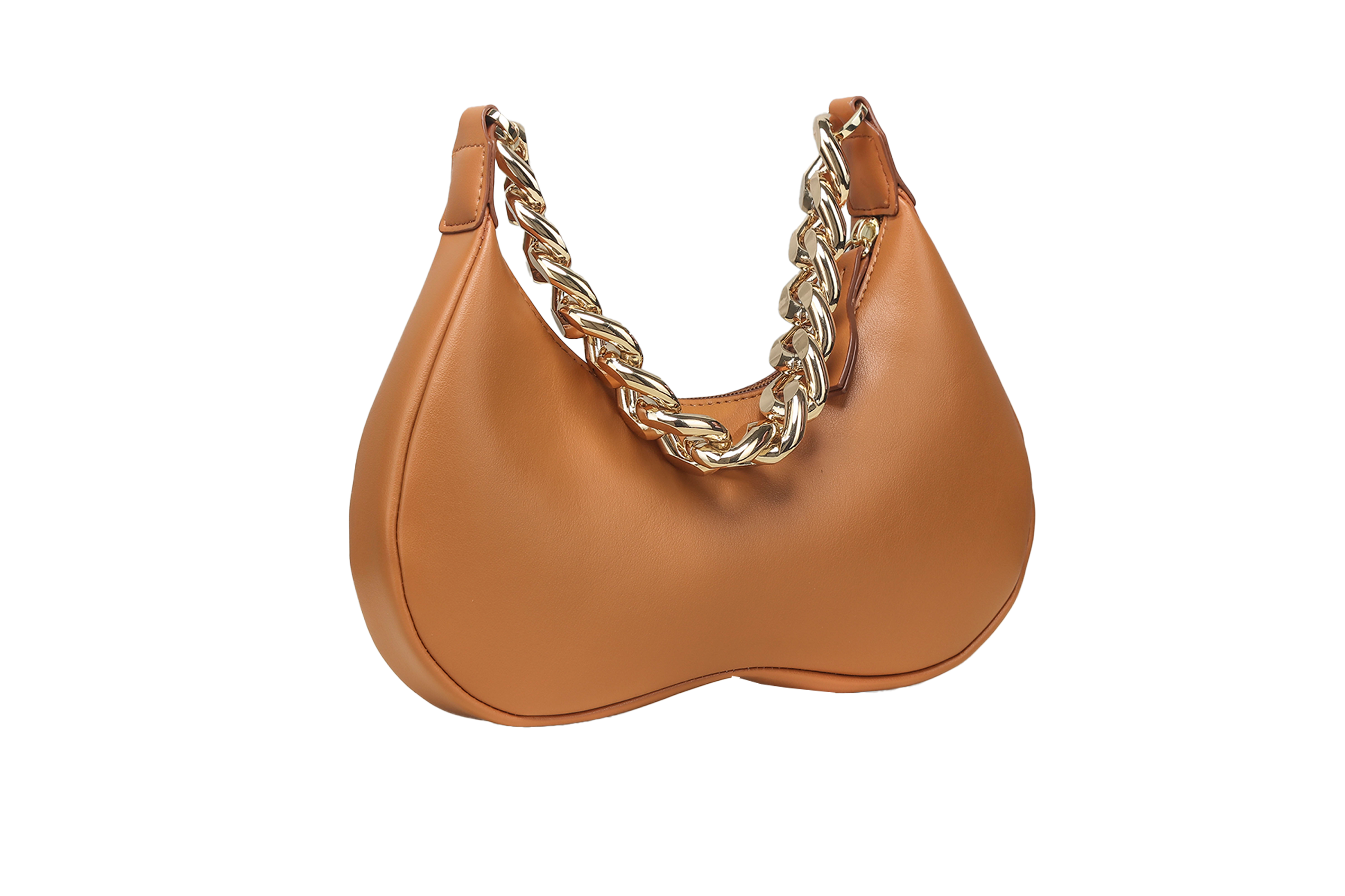
Traceability Matters: The Transparent Journey of Sarjaa’s Fruit Leather from Waste to Handbag
Introduction
The concept of sustainability is constantly undergoing a profound transformation. It’s not just about creating beautiful and high-quality products; it’s also about embracing ethical practices and creating a positive impact on the environment. Sarjaa is a shining example of this new paradigm, by not just redefining luxury but also having set a precedent for traceability in the fashion industry. In this blog, we will take a closer look at the transparent journey of Sarjaa’s fruit leather, from waste to handbags.
The Journey Begins: From Fruit Waste to Fruit Leather
The journey of Sarjaa’s fruit leather begins with obtaining fruit and plant-based leather by upcycling apple waste from the fruit juicing industries, by using cactus leaves which take very little energy and water to grow, and by using pineapple leaves which is upcycled waste.
This type of leather generates no pollution and does not consume much of natural resources for production. The result? A strong, durable, and biodegradable material that closely resembles traditional leather but without the environmental drawbacks.
Transparency at Its Core
Sarjaa firmly believes that consumers deserve to know the entire journey their products have undertaken. To achieve this, Sarjaa meticulously traces and documents the entire lifecycle of their fruit leather, from waste collection to the finished handbag.
- Waste Collection: Sarjaa has a tie-up with the companies in the juicing industry, from where the waste is collected. This ensures the transparency of the process.
- Processing: These wastes are then upcycled into leather using innovative technology, which makes them fit for use. Fruit & plant leather is more expensive because of the technological effort involved; however, it is much easier and more sustainable to create this leather in terms of the number of natural resources that go into it.
- Product Creation: Sarjaa’s bags are produced with ethical materials and use ethical labor practices, and are produced in small batches. There is very little to no wastage from the materials as even the smallest bits are used to create tags, or straps.
- Packaging and Distribution: Even the packaging materials used by Sarjaa are carefully chosen for their eco-friendliness. Mainly created from recycled art board and recycled paper, the boxes can be further recycled or reused at home.
The Power of Informed Choices
Sarjaa firmly believes that informed consumers make ethical choices. By providing complete traceability, we empower consumers to make purchasing decisions that align with their values. In a world where the choices we make as consumers have far-reaching consequences, Sarjaa reminds us that the power to change the fashion industry for the better lies in our hands, one traceable step at a time.
Conclusion
Sarjaa’s transparent journey of fruit leather from waste to handbag demonstrates that traceability matters. It as a reminder that sustainability is not just a buzzword but a way of life that can and should be integrated into every facet of the fashion industry. Sarjaa proves that luxury can coexist with ethical practices, and waste can be transformed into something beautiful and valuable. When you buy a Sarjaa handbag, you’re not just buying a stylish accessory; you’re investing in a product with a transparent and sustainable journey.

















Leave a comment
This site is protected by hCaptcha and the hCaptcha Privacy Policy and Terms of Service apply.